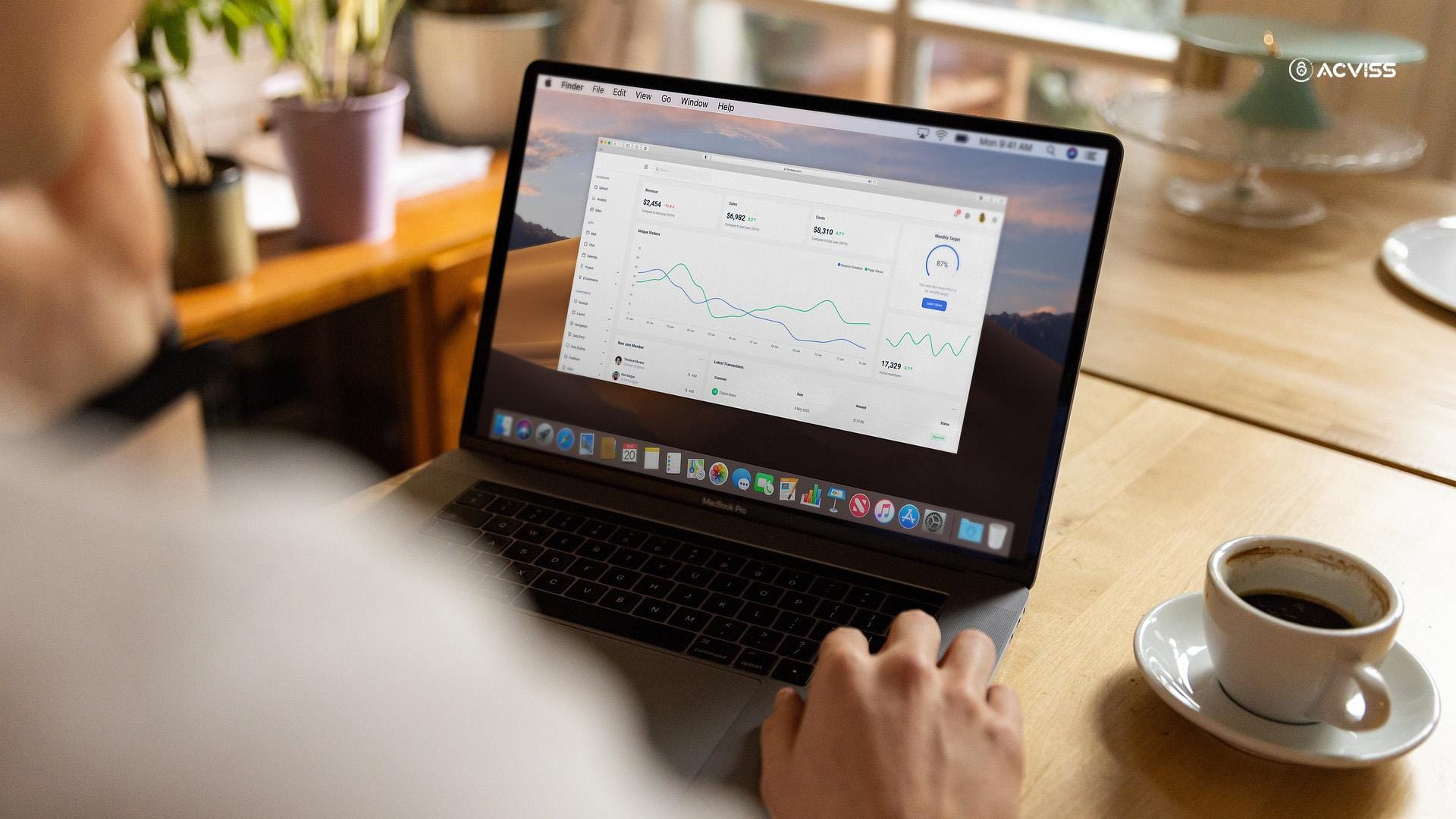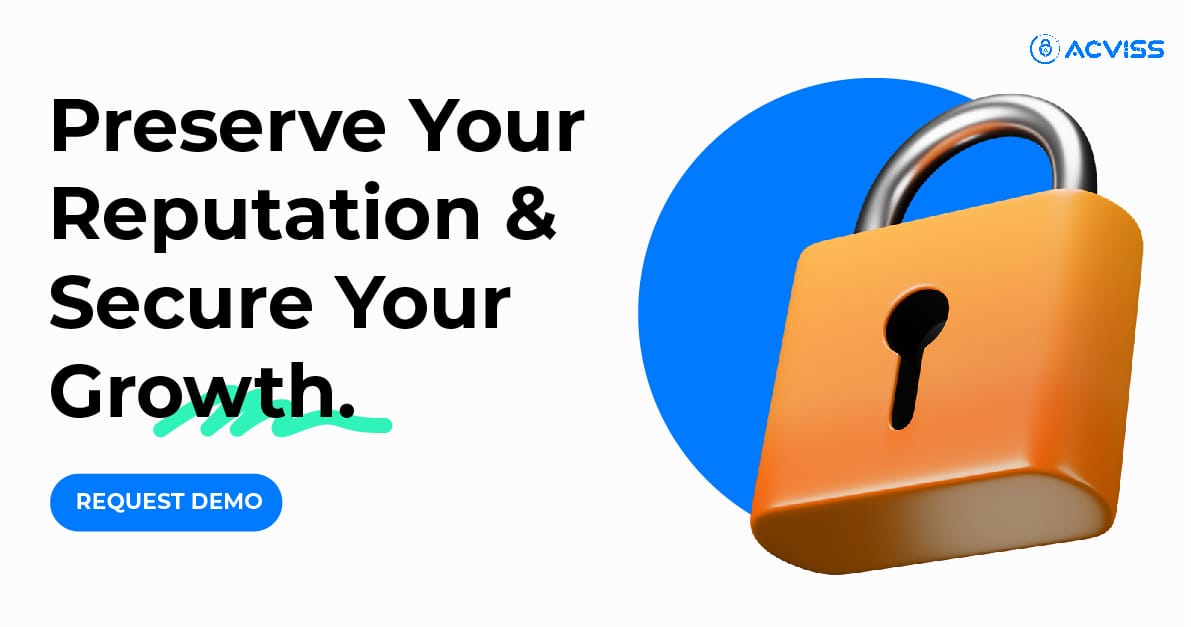Key Factors to Consider Before You Onboard an Online Marketplace

With e-commerce projected to surpass $8 trillion by 2027, marketplaces are becoming more attractive than ever for businesses aiming to expand digitally. But behind the promise of scale, visibility, and rapid growth lies a maze of risks, compliance challenges, and brand dilution concerns.
Before jumping onto an online marketplace, it's crucial to weigh not just the opportunity but the preparedness of your brand to operate and thrive in that environment. Here’s a comprehensive guide to help you make an informed, strategic decision.
What Is Online Marketplace Onboarding?
Onboarding a marketplace isn’t just listing your products and waiting for sales.
It’s the process of aligning your business operations, content, logistics, compliance, and support with the rules and expectations of that specific platform. Whether it’s Amazon, Flipkart, Meesho, or a niche B2B portal, each marketplace has its own ecosystem.
Skipping prep can lead to failed listings, poor visibility, or worse, account suspension.
Why It Matters
With rising online competition, marketplaces reward sellers who meet their standards. That means faster delivery, better content, and ironclad compliance.
If you're unprepared, you risk:
Losing visibility in search results
Getting buried under competitors
Racking up penalties or chargebacks
Let’s break down what you need to know.
1. Understand the Marketplace Model
Not all marketplaces are created equal. Some operate as B2C platforms, others as B2B or C2C ecosystems. Each has its structure, fee models, policies, and customer expectations.
Ask yourself:
- Is the marketplace open or curated?
- Do they offer fulfilment services or only serve as a listing platform?
- How do they handle returns, disputes, and customer service?
Understanding how the marketplace functions allows you to align your operations, pricing, and marketing strategies accordingly.
2. Align with Your Brand Strategy

The marketplace may give you reach, but at what cost?
Brand positioning often gets diluted when your product sits alongside hundreds of similar listings. Many marketplaces also limit how much customisation you can do to your store page, which restricts storytelling and brand identity.
If you're a premium brand, the presence in a price-sensitive, discount-heavy environment might send mixed signals to your target audience. Take time to evaluate:
- Does the platform attract your ideal customers?
- Will your visual identity be compromised?
- Can your values and messaging be preserved?
Your digital shelf is as important as your physical one. Consistency is key.
3. Assess Compliance Requirements
This is often overlooked but critical. Many marketplaces have stringent requirements, especially when operating in regulated sectors like pharma, cosmetics, electronics, and food.
You'll need to provide:
- Valid certifications (FDA, FSSAI, BIS, etc.)
- Proof of origin or compliance documents
- Barcode or serialisation data
- Labelling according to local norms
Additionally, upcoming regulations like the Digital Product Passport (DPP) in the EU and growing emphasis on traceability in the US and APAC regions mean you must be ready for real-time transparency and product-level data sharing.
Marketplace compliance is not a one-time checkbox; it's an ongoing responsibility. Failing to meet these requirements can result in takedowns, fines, or even blacklisting.
4. Evaluate Control Over Counterfeits and Grey Market Activity

Marketplaces are notorious for hosting counterfeits and unauthorised sellers. Once a product is listed, it’s relatively easy for third parties to piggyback on the brand name or product images.
This directly affects:
- Your brand credibility
- Customer trust
- Pricing integrity
- After-sales support consistency
Look into whether the marketplace:
- Offers brand protection tools
- Let's you restrict who sells your products
- Supports reporting and takedown of infringing listings
If you're entering a marketplace, ensure you’re equipped with anti-counterfeit technology, like serialised, non-cloneable codes or digital certificates, to give your customers a fool proof way to verify the product’s authenticity.
5. Analyse Operational Readiness
Beyond listing, you need to be prepared to scale operations without compromising customer experience. Can your current logistics infrastructure handle increased orders? Do you have enough inventory or visibility into stock levels across multiple channels?
A few must-haves before onboarding:
- Real-time inventory sync
- Order tracking capabilities
- Returns and warranty management
- Fulfilment strategy (whether in-house or third-party)
Any gap here can lead to poor reviews, lost sales, or operational chaos.
6. Ensure Data Ownership and Visibility

Marketplace platforms collect a goldmine of data, but most don’t share everything with sellers. You may never know who your buyers are, which listings convert best, or what your post-purchase engagement looks like.
To address this, ask:
- What level of customer insight will I receive?
- Can I remarket to customers directly?
- Will I be able to build loyalty programs?
Consider platforms or tools that can bridge this gap by offering customer analytics, reward mechanisms, or verification workflows post-sale. This not only builds trust but deepens your customer relationships outside the marketplace ecosystem.
7. Budget for Fees and Hidden Costs

Listing might be free, but marketplaces earn through commission cuts, payment processing fees, warehousing costs, advertising charges, and more.
A few typical costs to expect:
- Commission per sale (usually 5–20%)
- Fulfilment and logistics charges
- Marketing spend to stay visible on top search results
- Return and damage costs
Make sure the margins work in your favour. Run financial projections for at least 6–12 months to ensure the venture remains profitable after accounting for all platform fees.
The Acviss Advantage: Secure, Compliant, and Insight-Driven Onboarding
If you’re eyeing marketplace expansion, a robust brand protection and traceability strategy is non-negotiable.
Acviss helps brands prepare and operate confidently on marketplaces by:
- Securing products with non-cloneable digital certificates.
- Tracking product journey across the supply chain using blockchain.
- Removing unauthorised or fake listings.
- Enabling post-sale customer engagement and rewards.
Whether you're launching on Amazon, Flipkart, Nykaa, or a niche marketplace, Acviss ensures your product’s journey is secure, compliant, and customer-trust ready.
Final Thoughts
Onboarding an online marketplace is more than uploading a product photo and writing a catchy description. It requires a deep look at your operations, compliance strength, and ability to guard your brand.
Done right, it opens doors to global reach and scalable growth. But skipping due diligence can put your brand at serious risk.
Ready to onboard your marketplace journey the right way? Let's connect! Acviss can help you protect, trace, and elevate your brand, every step of the way.
